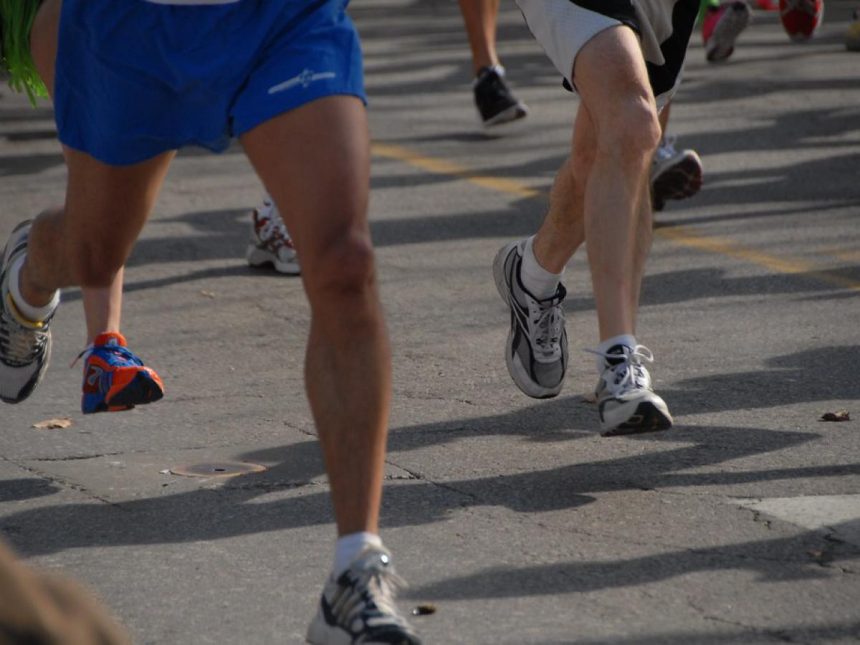A Simpler Path to Fitness
Running has long been the gold standard of cardiovascular exercise — fast, intense, and efficient. But a quieter movement is gaining ground: walking. Once dismissed as too gentle to count as “real exercise,” walking is being redefined as a powerful, low-impact workout that supports physical and mental health. From fitness influencers to medical professionals, more people are embracing walking as the cornerstone of a sustainable, long-term fitness routine.
The Science Behind the Steps
It turns out you don’t have to sprint to get results. Studies show that brisk walking improves cardiovascular health, strengthens muscles, boosts mood, and lowers the risk of chronic diseases — all with far less strain on joints and ligaments than running. Walking also helps regulate blood sugar, supports weight management, and reduces stress hormones, making it one of the most well-rounded forms of exercise available.
Accessible and Sustainable
One of walking’s greatest strengths is its accessibility. It requires no special equipment, gym membership, or advanced fitness level. You can do it anywhere, at any time, and at your own pace. That makes it ideal for beginners, older adults, or anyone recovering from injury. And because it’s easier on the body, walking can be maintained consistently over years — something intense workouts often struggle to achieve.
The Rise of “Exercise Snacking”
Walking also fits perfectly into the modern lifestyle. Many people are adopting “exercise snacking” — short bursts of activity throughout the day instead of one long workout. A 10-minute walk after each meal or a walking meeting during work hours can add up to significant health benefits. These smaller, more frequent sessions are easier to stick to and reduce the intimidation factor of structured workouts.
More Than Just Physical Benefits
Walking isn’t just good for the body — it’s a proven mood booster. Regular walks improve sleep, reduce anxiety, and spark creativity. Unlike high-intensity workouts, walking also allows for reflection, conversation, and connection with nature. For many, it’s as much a mental reset as it is a fitness activity.
Social and Community Appeal
Group walking clubs and walking challenges are turning this simple activity into a social movement. Communities are organizing “walk and talk” events, companies are encouraging walking breaks, and even cities are redesigning public spaces to be more pedestrian-friendly. Walking is evolving from a solitary habit into a shared lifestyle.
Final Thought
Walking may be slower than running, but it’s winning the race for sustainability, accessibility, and long-term health. In a world obsessed with extremes, the rise of walking as the new running is a reminder that consistency often beats intensity. Step by step, this low-impact revolution is proving that sometimes the simplest movements are the most powerful.











